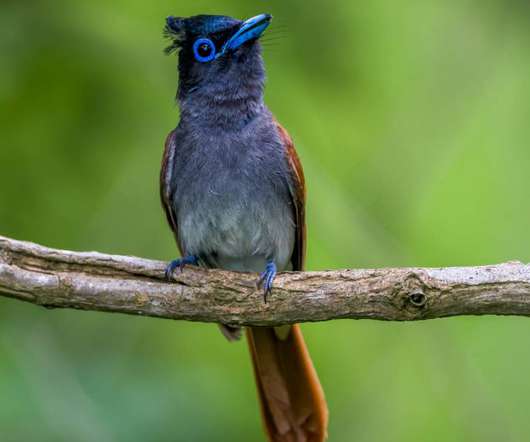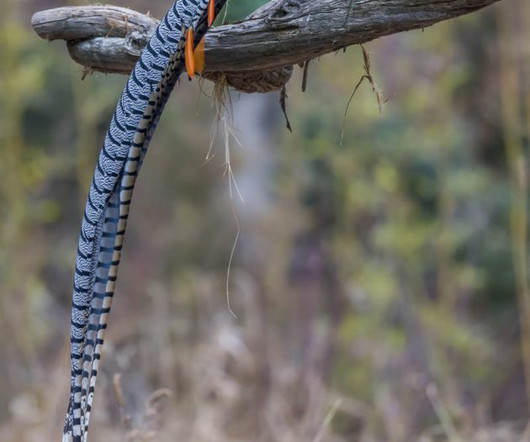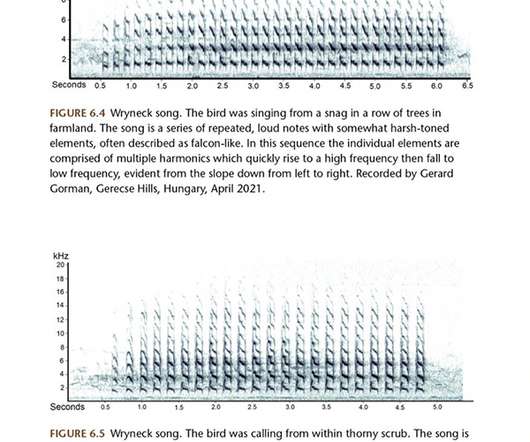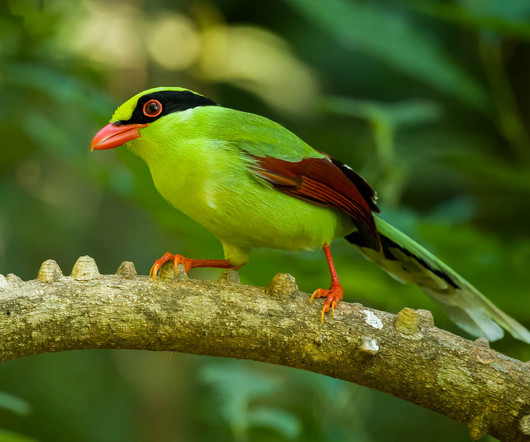Revenge Birding (Shanghai, early June 2022)
10,000 Birds
JUNE 9, 2022
If I was an ornithologist aiming for a grant, I would now definitely highlight the need for more research on this topic. … Nest dismantling by the Hair-crested Drongo may be an adaptive behavior to increase fitness by reducing risk of future predation and competition for nest sites in the following breeding season” ( source ).













Let's personalize your content